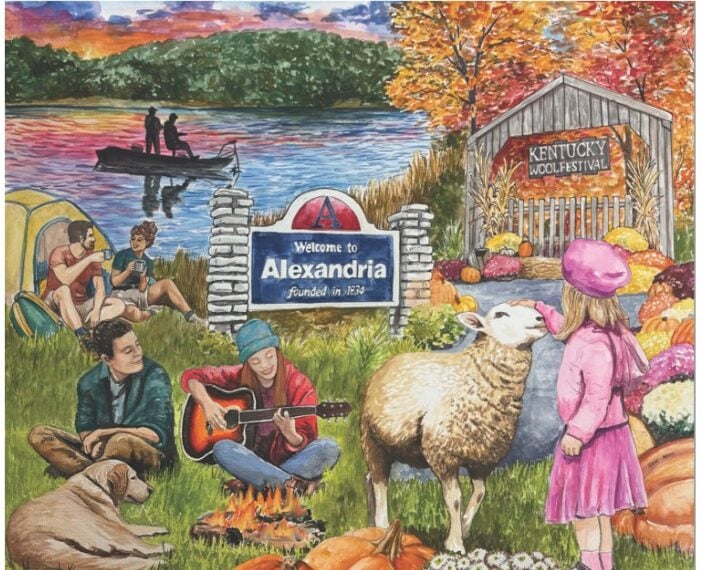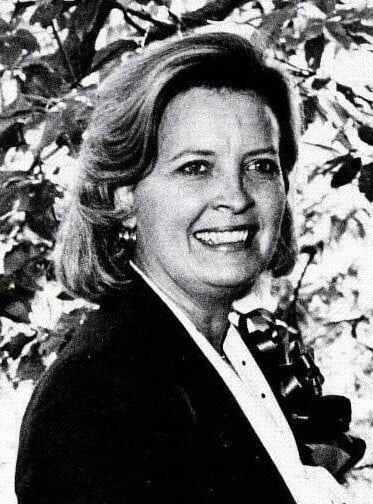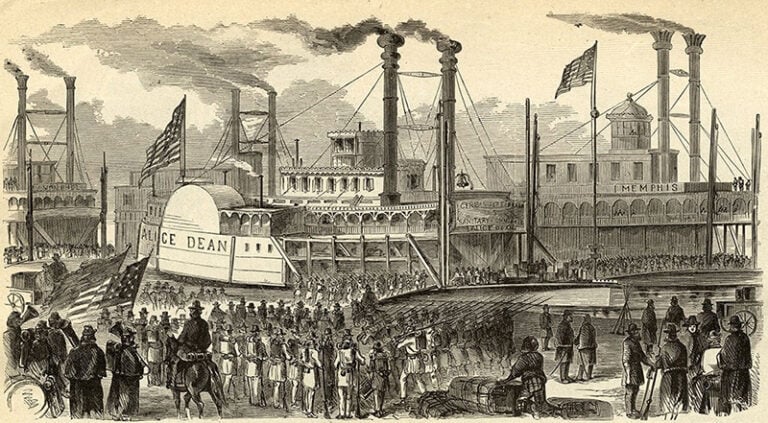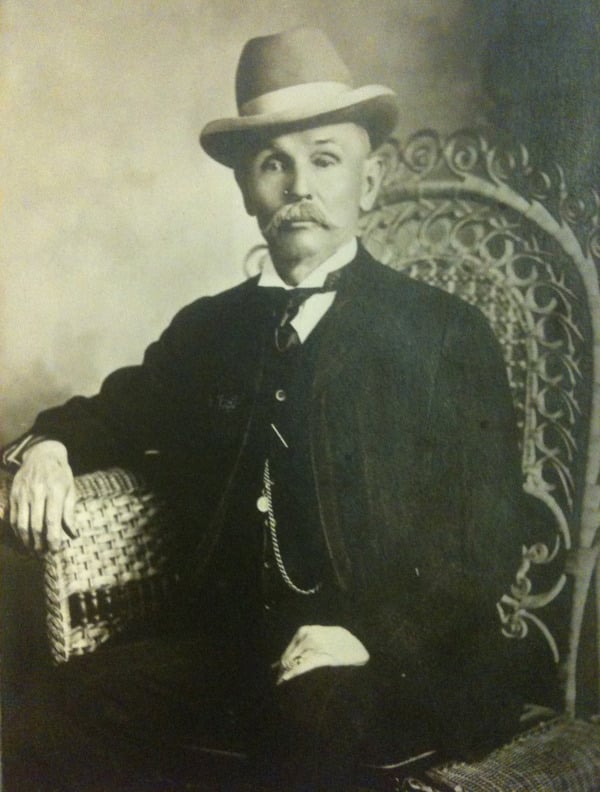By Steve Flairty
NKyTribune columnist
With J.D. Vance coming on the scene as the Republican vice-presidential candidate, I thought about his book, Hillbilly Elegy. It discussed, among other things, the economic and cultural status of Eastern Kentucky. We know historically that a sizeable number left the area to go northward for jobs to improve their life situations. For several days last week, the nation focused more attention than usual on Eastern Kentucky, and the talk about Vance’s book provoked some controversy.
For me, I soon thought of Kentuckian Harriette Simpson Arnow, Appalachian-based author of the highly acclaimed novel, The Dollmaker. The book tells the story of an Eastern Kentucky family that moved to Detroit during World War II to get factory work. Northern Kentuckians might note that, early in adulthood, Arnow lived across the Ohio River in Cincinnati, where she met her future husband.

She lived most of her life in Kentucky and Michigan, though. She was born as one of six children in 1908 in Wayne County, Kentucky. Both parents were teachers. The family moved to Burnside, near Somerset, six years after her birth. Her early years there had a profound influence on her later writings.
Arnow attended Berea College but desired more freedom from the strict rules for women at the school. She transferred to the University of Louisville and graduated with an education degree in 1931. She taught school a short while in Louisville, then moved to Cincinnati and, along with holding jobs as a waitress, salesclerk, and typist, began her vaunted writing career. She wrote for the Federal Writers’ Project, and in 1936, published some short stories and her first novel, Mountain Path.
Now married to Harold Arnow, the couple moved from Cincinnati to the tiny community of Keno, in rural Pulaski County, where they struggled economically. Sadly, first child died there in 1939. Shortly afterward, the couple moved to Detroit for a new start. By 1949, Hunter’s Horn was published, and it brought her national recognition as a novelist. The third book in the trilogy, The Dollmaker, was released in 1954. It was a huge hit — her best known — and in 1984 was made into an award-winning, made-for-television drama starring Jane Fonda.

More novels came later:
• The Weedkiller’s Daughter (1970)
• The Kentucky Trace (1974)
• Between the Flowers (1999, posthumously)
Arnow’s short stories:
• The Collected Short Stories of Harriete Simpson Arnow (2005, posthumously)
Her non-fiction:
• Seedtime on the Cumberland (1960)
• Flowering of the Cumberland (1963)
• Old Burnside (1977)
Summaries of the trilogy are as follows, according to William S. Ward in his important work, A Literary History of Kentucky. The author’s debut, Mountain Path, “broke with the sentimental tradition of mountain fiction and sought to portray life as it actually was,” Ward noted.
The story dealt with a young woman from Lexington taking her first teaching job on a remote place in Eastern Kentucky, next to the Cumberland River. The book, said Ward, “has the ring of authenticity, gained through the author’s own experience as a child and through the knowledge she acquired through hill-country pioneer ancestors and her own careful research.”
Hunter’s Horn takes a two-and-half-year period in a mountain subsistence farmer’s life as he pursues a fox, known as “King Devil,” that has been killing his chickens and lambs. The pursuit becomes an obsession, and through the process, it nearly destroys his family and farm. The details, by most accounts of writer critics, are written craftily at a high level. A New York Times review in 1949 recognized Arnow’s ability to write “as effortlessly as a bird sings, and the warmth, the beauty, the sadness and the ache of life itself are not even once absent from her pages.”
In Arnow’s The Dollmaker, a Kentucky mountain family, the Nevels, is barely able to scratch out a living on a small patch of rented land. Clovis, the husband, moves to Detroit to hopefully change the family’s life situation by gaining a well-paying job. Reluctantly, Gertie, his wife, brings the rest of the family to join him. When they arrive, they find an environment totally different from where they came from. They move into a government housing project with a wide diversity of backgrounds and where it is very crowded.
Arnow’s account of how the family responds is a powerful narrative. That said, critics’ responses to The Dollmaker at the time were mixed at the time. According to William Ward, a Chicago Sunday Tribune reviewer wrote: “Some will find it a bitter tale of man’s humanity to man . . . Some will find {it} a story of the human heart against the bitterest odds.” For sure, however, the novel undoubtedly has staying power and continues to sell well today.
Arnow died in 1986 at age 77 at Washtenaw County, Michigan. Her ashes were spread in Kentucky on the Pulaski County land she and her husband farmed after moving from Cincinnati. A gravesite for her and her husband is at the Wm. Casada Cemetery, in Keno, Kentucky.























Excellent writing as usual…something we’ve come to expect from Steve. I grew up in Jackson (Breathitt County) and lived there for my first 50+ years. It’s a place filled with good people and numerous success stories; the negative ones — like several featured in Vance’s book — are in the minority.